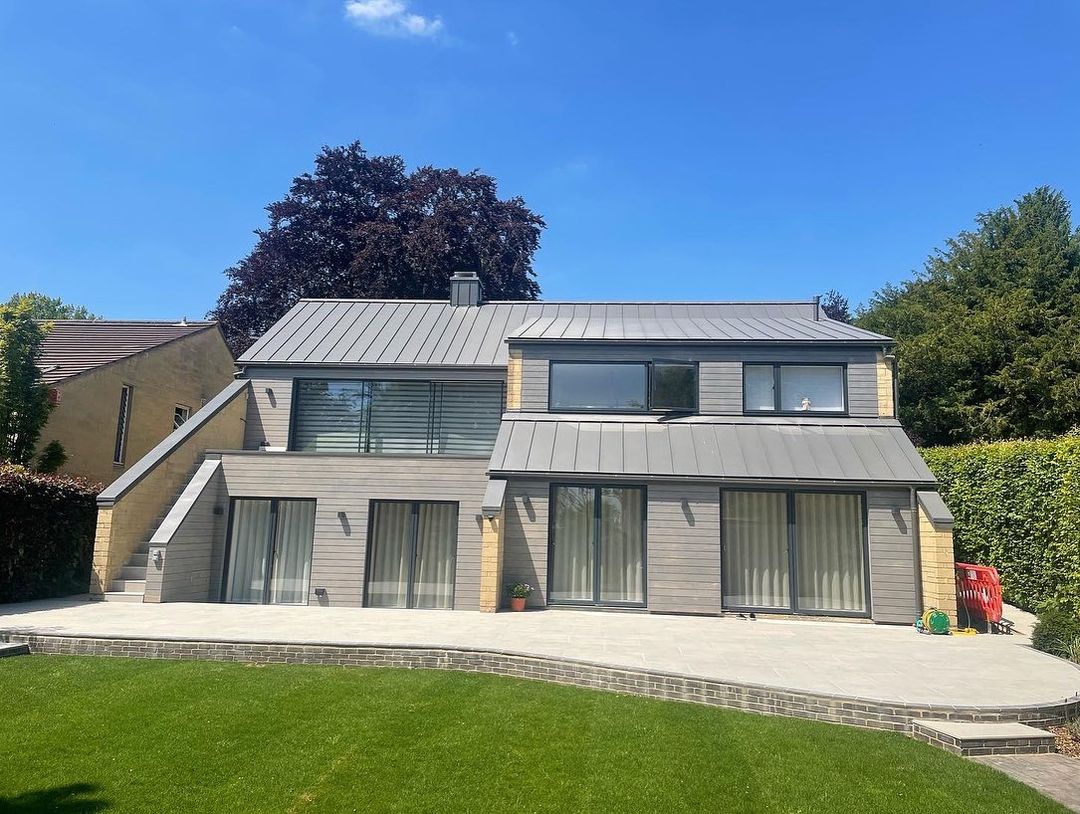In the world of home design and construction, residential home cladding has emerged as a key element that not only protects but also enhances the aesthetic appeal of houses. This article takes a closer look at the significance of residential home cladding, its diverse options, and the myriad benefits it brings to homeowners seeking a perfect blend of functionality and style.
Understanding Residential Home Cladding:
Residential home cladding involves the application of protective layers to the exterior walls of houses. Beyond the traditional purposes of weather resistance and insulation, modern cladding options offer homeowners an opportunity to express their unique style preferences while ensuring the longevity of their dwellings.
Key Benefits of Residential Home Cladding:
Enhanced Aesthetics:
The primary allure of residential home cladding lies in its ability to transform the external appearance of a house. With a myriad of materials, colors, and textures available, homeowners can choose cladding options that complement their personal style and seamlessly integrate with the architectural design of their homes.
Weather Protection:
One of the fundamental roles of residential home cladding is to shield houses from the elements. Whether facing the relentless rain or the scorching sun, cladding acts as a protective barrier, preventing moisture intrusion, reducing heat transfer, and safeguarding the structural integrity of the home.
Energy Efficiency:
Modern cladding materials often come with insulating properties, contributing to the overall energy efficiency of a home. By reducing heat loss during colder months and minimizing heat gain in warmer seasons, residential home cladding plays a crucial role in creating a comfortable and environmentally friendly living space.
Durable and Low-Maintenance:
Durability is a key consideration for any homeowner, and residential home cladding delivers on this front. Many cladding materials, such as vinyl, aluminum, and fiber cement, are known for their resistance to rot, insects, and decay. Additionally, these materials are low-maintenance, requiring minimal upkeep over the years.
Increased Property Value:
The curb appeal of a home significantly influences its market value, and residential home cladding is an investment that pays off. A well-clad home not only attracts potential buyers but also adds value to the property, making it a wise choice for homeowners contemplating future resale.
Popular Residential Home Cladding Options:
Vinyl Cladding:
Affordable and versatile, vinyl cladding comes in various colors and styles. It is low-maintenance, resistant to fading, and offers excellent insulation properties.
Wood Cladding:
Natural and timeless, wood cladding adds warmth and character to a home. While requiring more maintenance than some other materials, the aesthetic appeal of wood is unparalleled.
Fiber Cement Cladding:
Composed of cement, sand, and fibers, fiber cement cladding is known for its durability and resistance to fire, insects, and rot. It can mimic the appearance of wood or stucco.
Metal Cladding:
Modern and sleek, metal cladding, often using materials like aluminum or steel, offers a contemporary aesthetic. It is durable, weather-resistant, and can be an excellent choice for a variety of architectural styles.
Conclusion: Crafting Homes of Distinction with Residential Home Cladding
In conclusion, residential home cladding is more than a protective layer; it is a design element that allows homeowners to express their individuality while fortifying their homes against the elements. From enhancing curb appeal to providing energy-efficient solutions, the benefits of residential home cladding make it an integral aspect of modern home construction. As homeowners aspire to create homes of distinction, the thoughtful selection of cladding materials ensures a perfect fusion of style, durability, and functionality.
